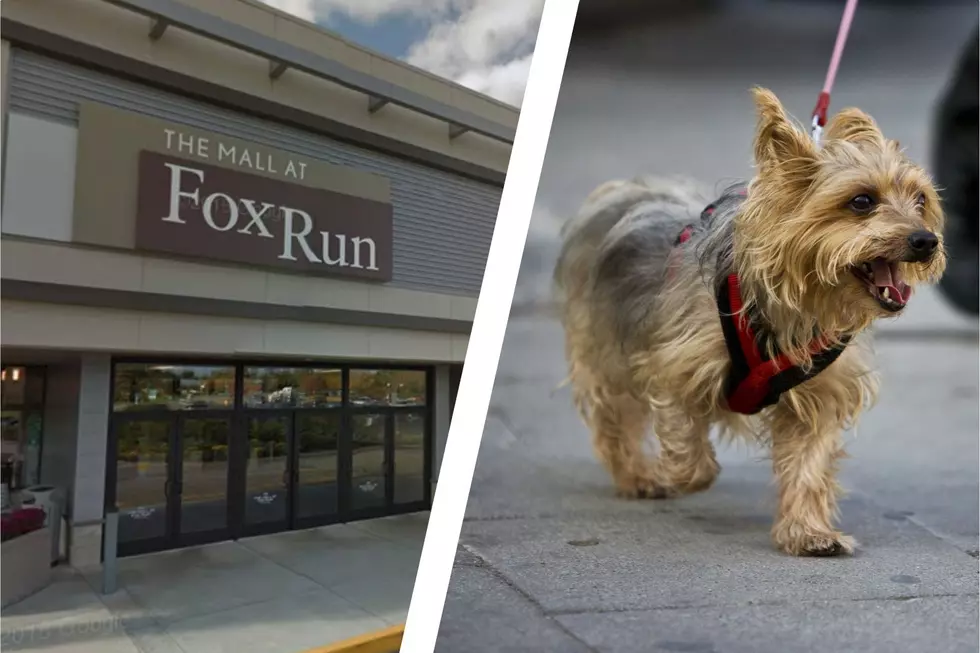
Safe Winter Driving Tips
With our first snowfall of the season, we have some driving tips to pass along.
car driving in snow
We've been driving for the past 8 months on snow-free roads, and many people forget all that goes into getting to your destination safely when driving on snow or ice.
AAA recommends that motorists:
Accelerate and decelerate slowly. Applying the gas slowly to accelerate is the best method for regaining traction and avoiding skids. Don’t try to get moving in a hurry. Remember: It takes longer to slow down on icy roads.
Drive slowly. Everything takes longer on snow-covered roads. Accelerating, stopping, turning – nothing happens as quickly as on dry pavement. Give yourself time to maneuver by driving slowly.
Increase following distances. The normal dry pavement following distance of three to four seconds should be increased to eight to ten seconds. This increased margin of safety will provide the longer distance needed if you have to stop.
Know your brakes. Whether you have antilock brakes or not, the best way to stop is threshold braking. Keep the heel of your foot on the floor and use the ball of your foot to apply firm, steady pressure on the brake pedal.
Don’t stop if you can avoid it. There’s a big difference in the amount of inertia it takes to start moving from a full stop versus how much it takes to get moving while still rolling. If you can slow down enough to keep rolling until a traffic light changes, do it.
Don’t power up hills. Applying extra gas on snow-covered roads may only result in spinning your wheels. Try to get a little inertia going before you reach the hill and let that inertia carry you to the top. As you reach the crest of the hill, reduce your speed and proceed downhill as slowly as possible.
Don’t stop going up a hill. It’s difficult to move up a hill on an icy road. If possible, get your vehicle moving on a flat roadway first before taking on a hill.
If possible, stay home. If you really don’t have to go out, don’t. Even if you can drive well in the snow, not everyone else can.
Also, it's a good idea to put a blanket as well as some water and snacks in your vehicle in case you get stranded for any amount of time.
More From WSHK-WSAK 102.1 & 105.3 The Shark









